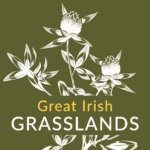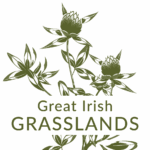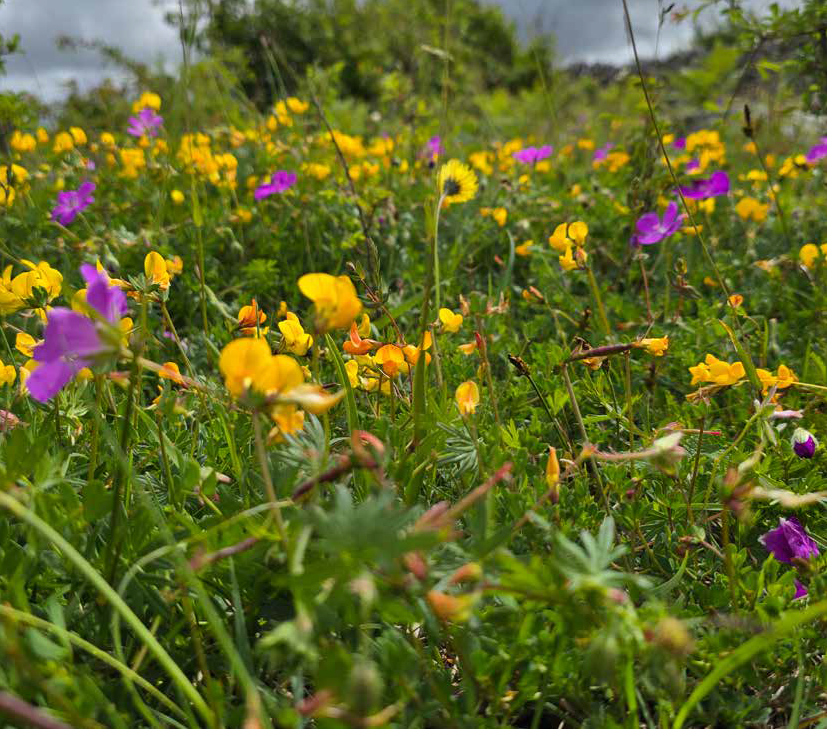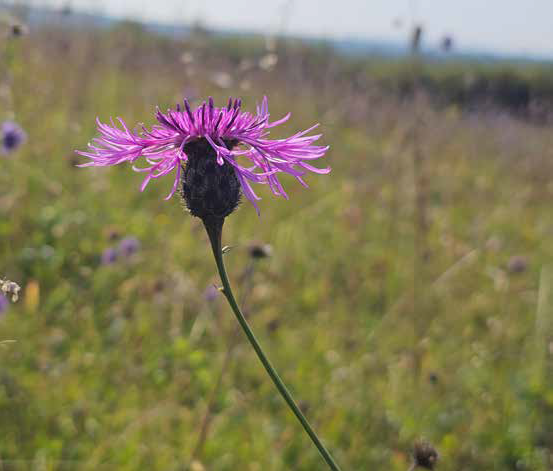Extensive areas of species-rich calcareous grassland grade into neutral grassland, limestone heath, limestone pavement, Hazel scrub and turlough. A floral journey through the seasons as spring flowers – including swathes of Early-purple Orchids and the Burren ‘specialities’, Spring Gentian, Mountain Avens and Blue Moor-grass, give way to those of summer – Quaking-grass, Dropwort, Bloody Crane’s-bill, and orchids galore such as Common Spotted, Pyramidal, Bee, Fly, Lesser Butterfly and Marsh. High summer and autumn bring Field Scabious, Greater Knapweed, Harebell, Grass-of-Parnassus, Field and Autumn Gentian, and a haze of Devil’s-bit Scabious. The rare and hard to spot fern, Moonwort, grows here also.
The long flowering season and sheer abundance of wildflowers makes this a pollinators paradise. Shrill Carder Bee thrives here, as do many of our uncommon butterflies – Dingy Skipper, Pearl-bordered Fritillary and Grayling, and moths such as Speckled Yellow, Dew, Transparent Burnet, and Burren Green. Large ant hills are a feature with many built on outcropping limestone or along the low, linear stone divisions of the southern section – ants with underfloor heating! The resident birds like Skylarks, Meadow Pipits and Bullfinch, are joined in spring by migrants – Willow Warbler, Whitethroat, Blackcap and Cuckoo, coming to feed their young on the bountiful invertebrates or in the case of the Cuckoo, to freeload in the nests of residents.



